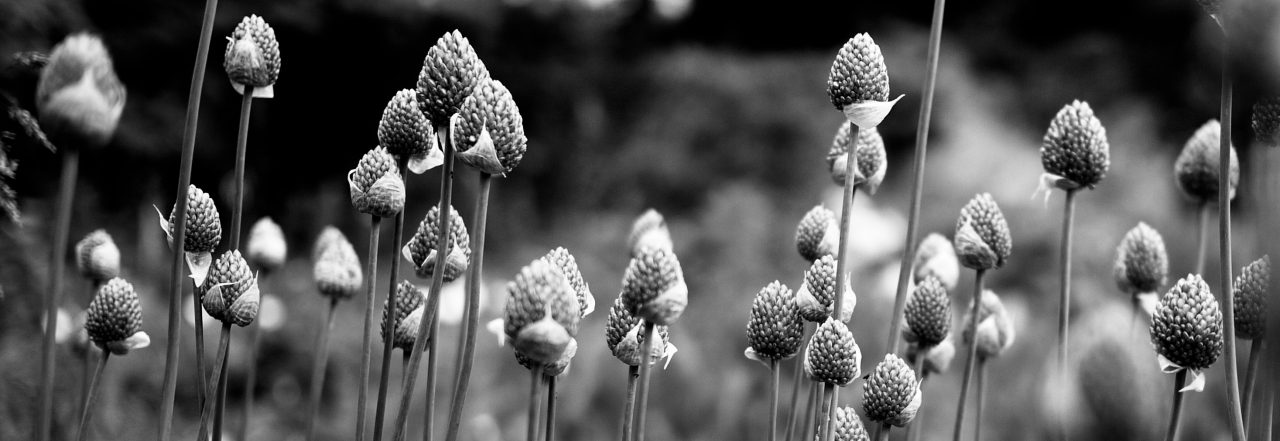
Bulbs are underground fuel cells that allow certain plants to survive adverse conditions. The cold of winter and the heat of summer can both cause bulbous plants to retreat back into the soil using energy gained through their sometimes short growing seasons to tide them over until conditions become more favourable.
These energy reserves allow bulbous plants to gain an advantage in late winter and early spring before there is enough energy from the sun to jump start other dormant plants into life. By emerging before the leaves on the deciduous trees above appear, spring bulbs monopolise early sunshine to complete their flowering cycle, store that energy and retire back underground through the hot, dry summer.
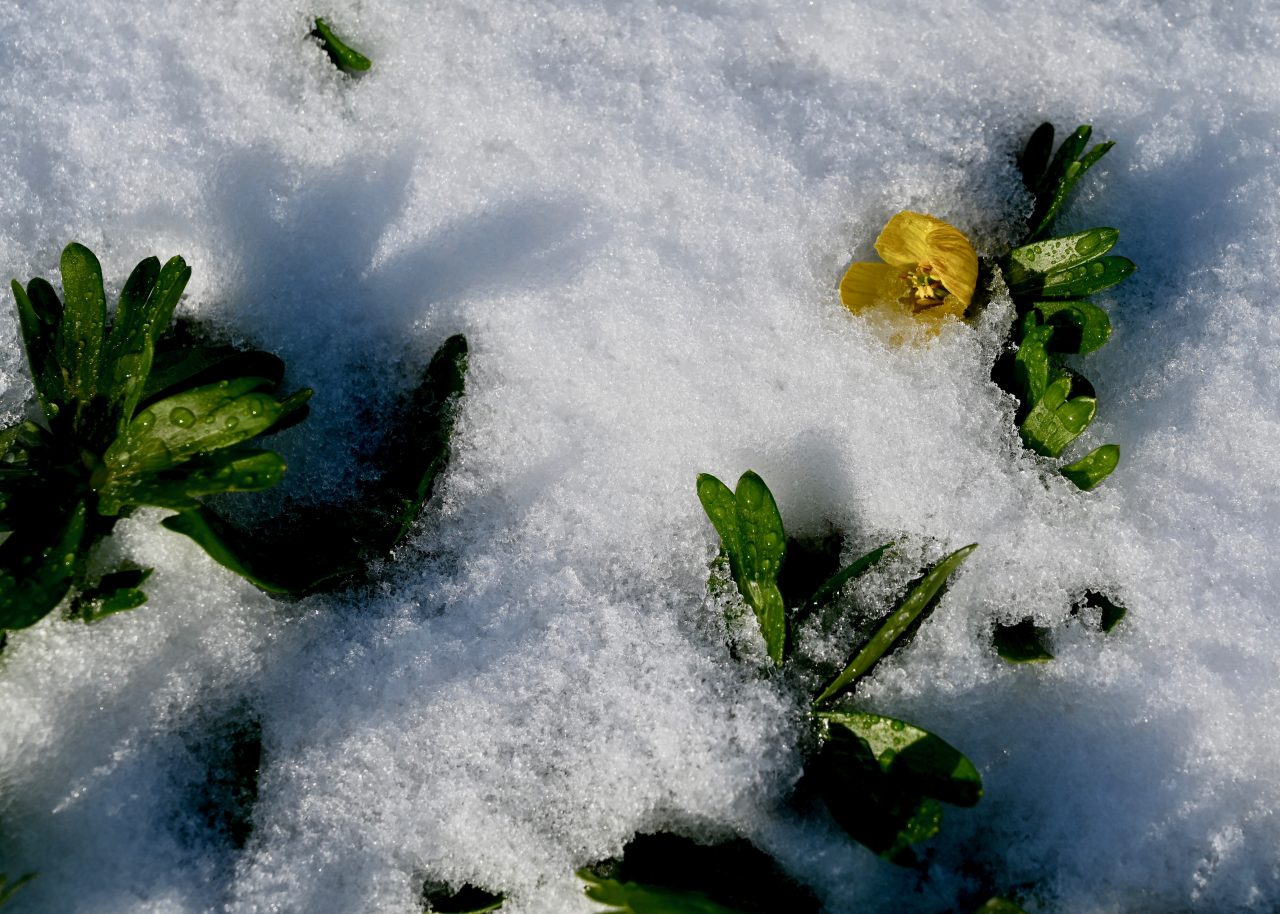
Eranthis hyemale
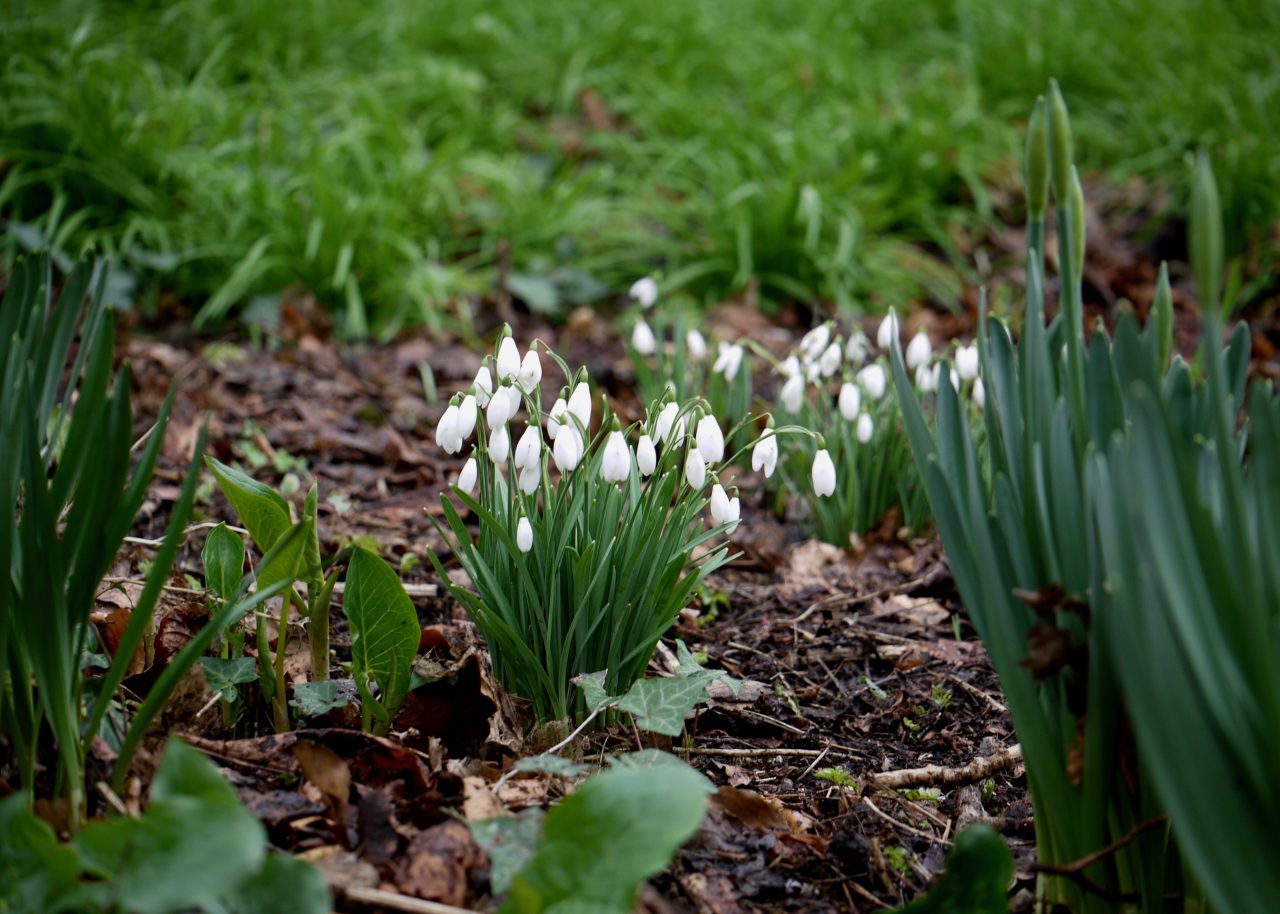
Galanthus nivalis
The first to appear are the winter aconites, Eranthis hyemalis, with their open buttercup flowers and their green Elizabethan ruff. These can be seen as carpets under deciduous trees as early as January, yellow electric against the dark ground.
These are typically followed by the snowdrops, a quiet little plant which manages to promise so much for the season to come. Unusual selections spur collectors into a frenzy and we can forgive them for there isn’t anything else quite as exciting at this time of year, but from a distance any will do, and they are a real pleasure to see.
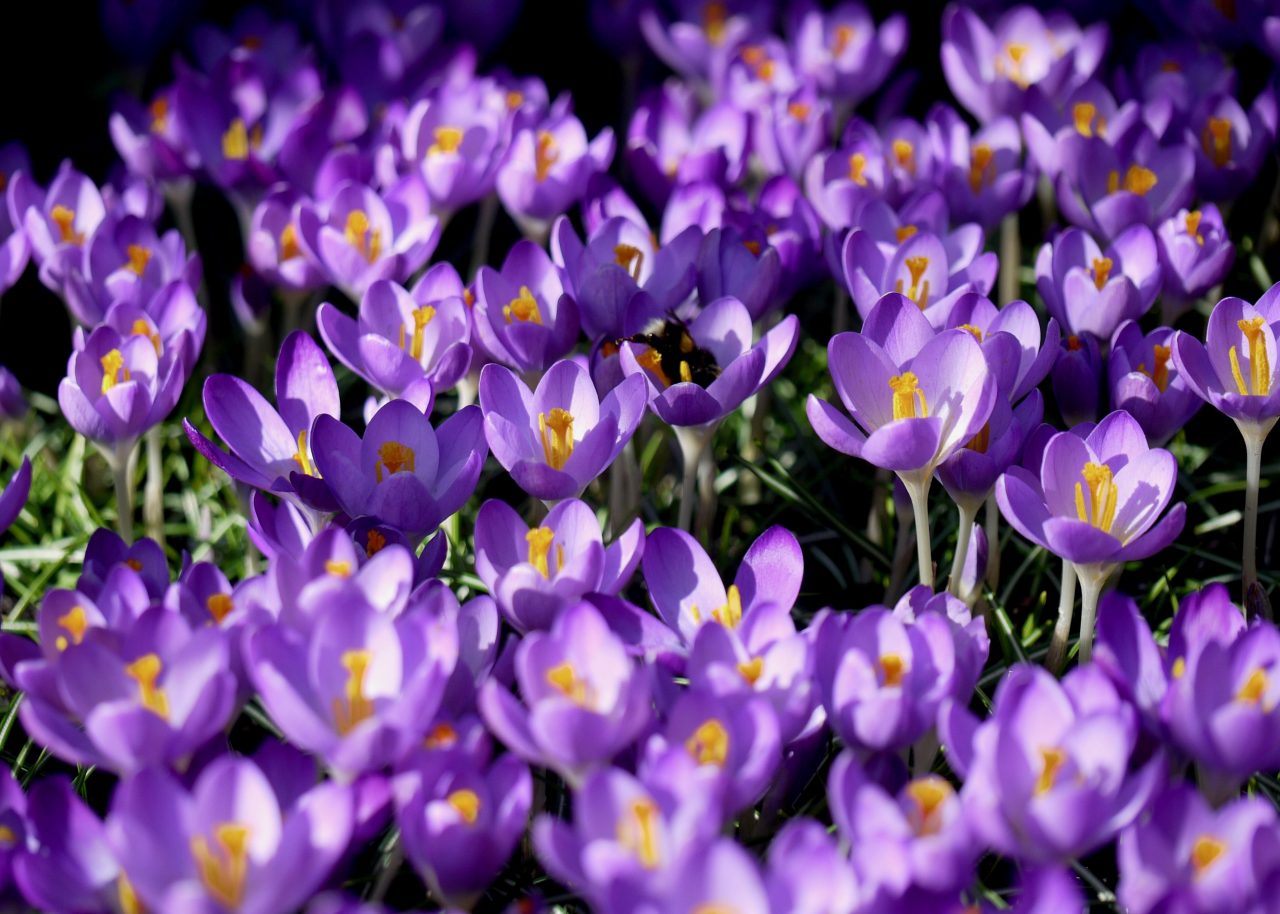
Crocus tommasinianus can cover acres in ideal conditions
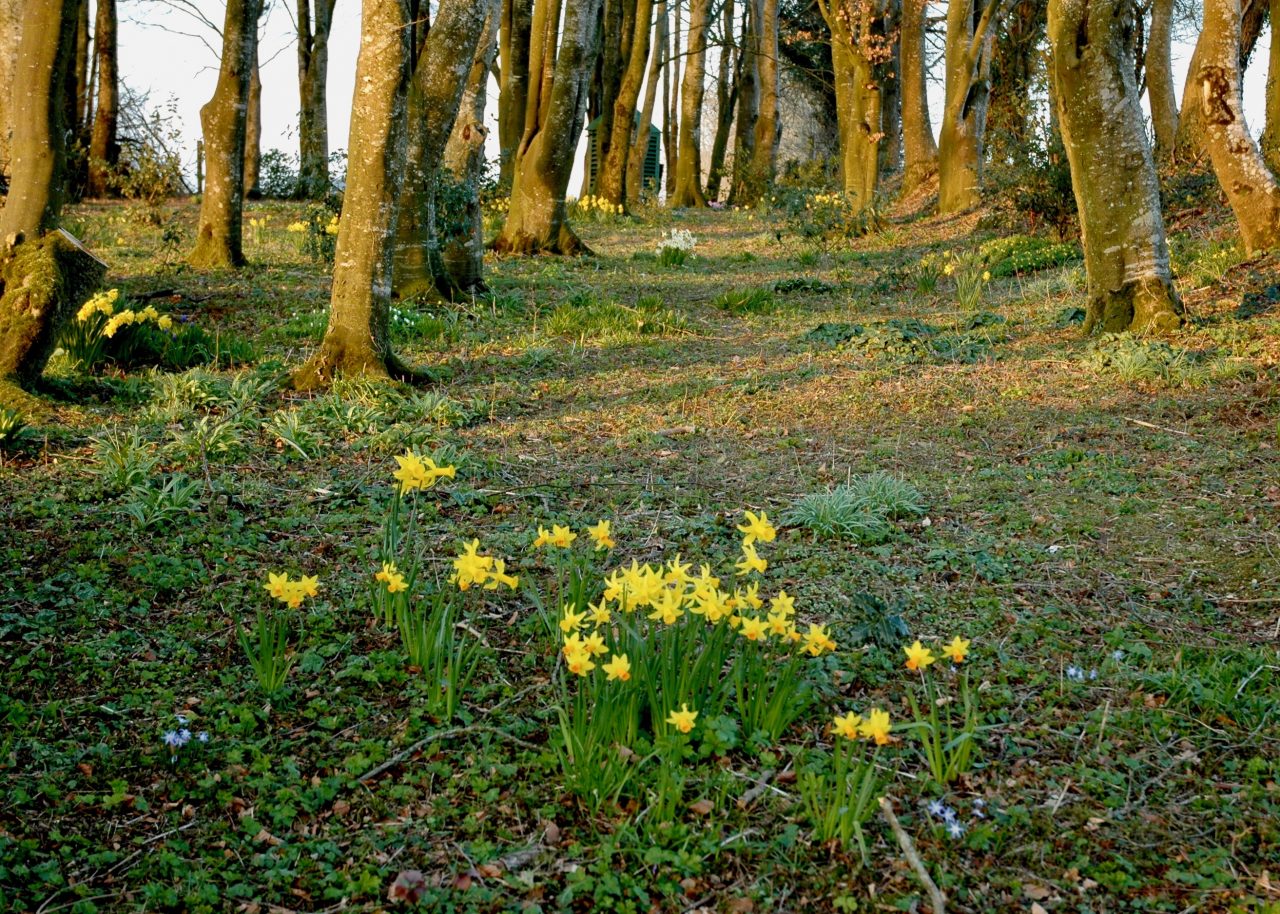
naturalized daffodils
The progression continues through February sparked by sunshine with Scilla sibirica, Chionodoxa, early Narcissus, and Crocus increasingly building a patchwork under the bare canopy or pushing through the leaf litter.
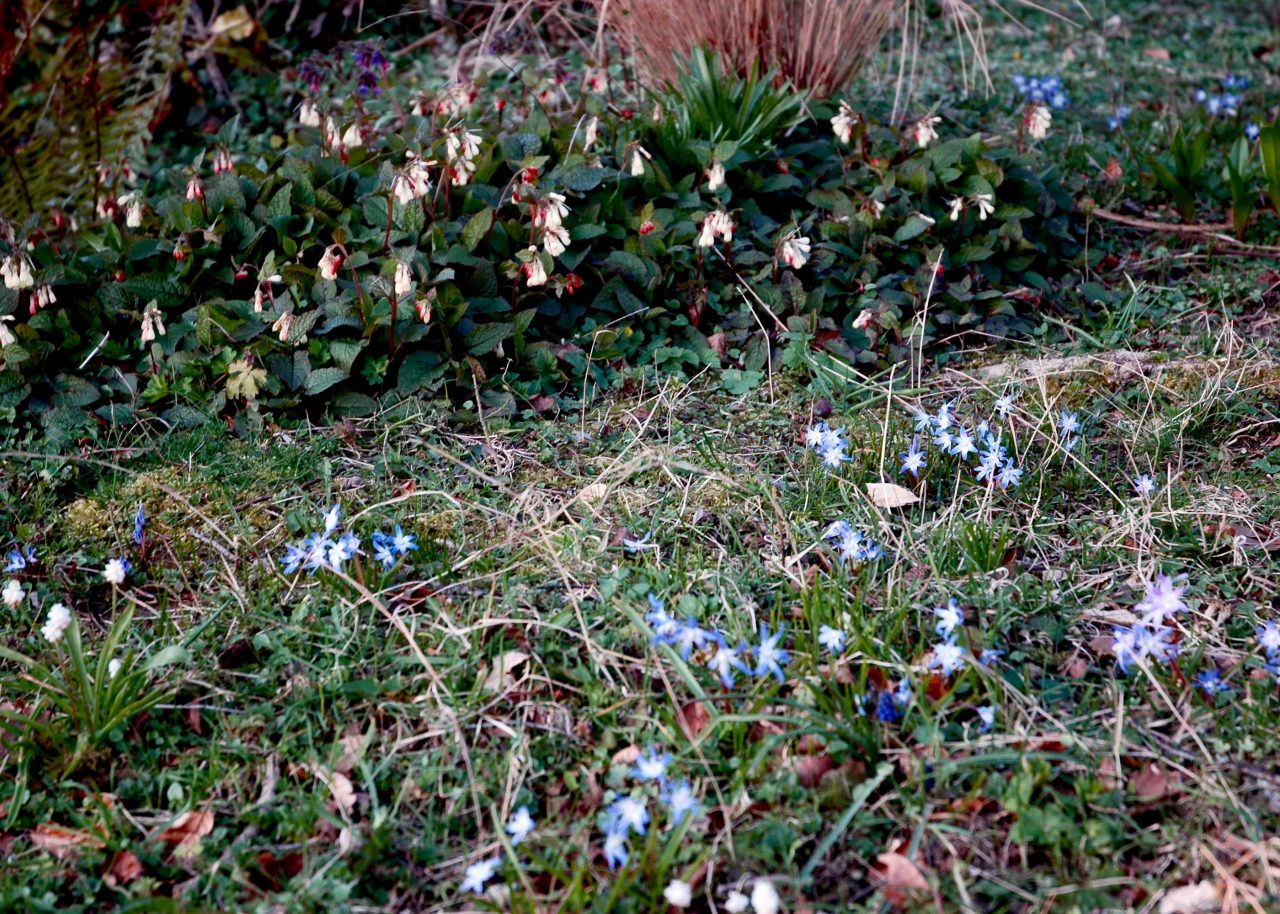
Chionodoxa luciliae with Symphytum
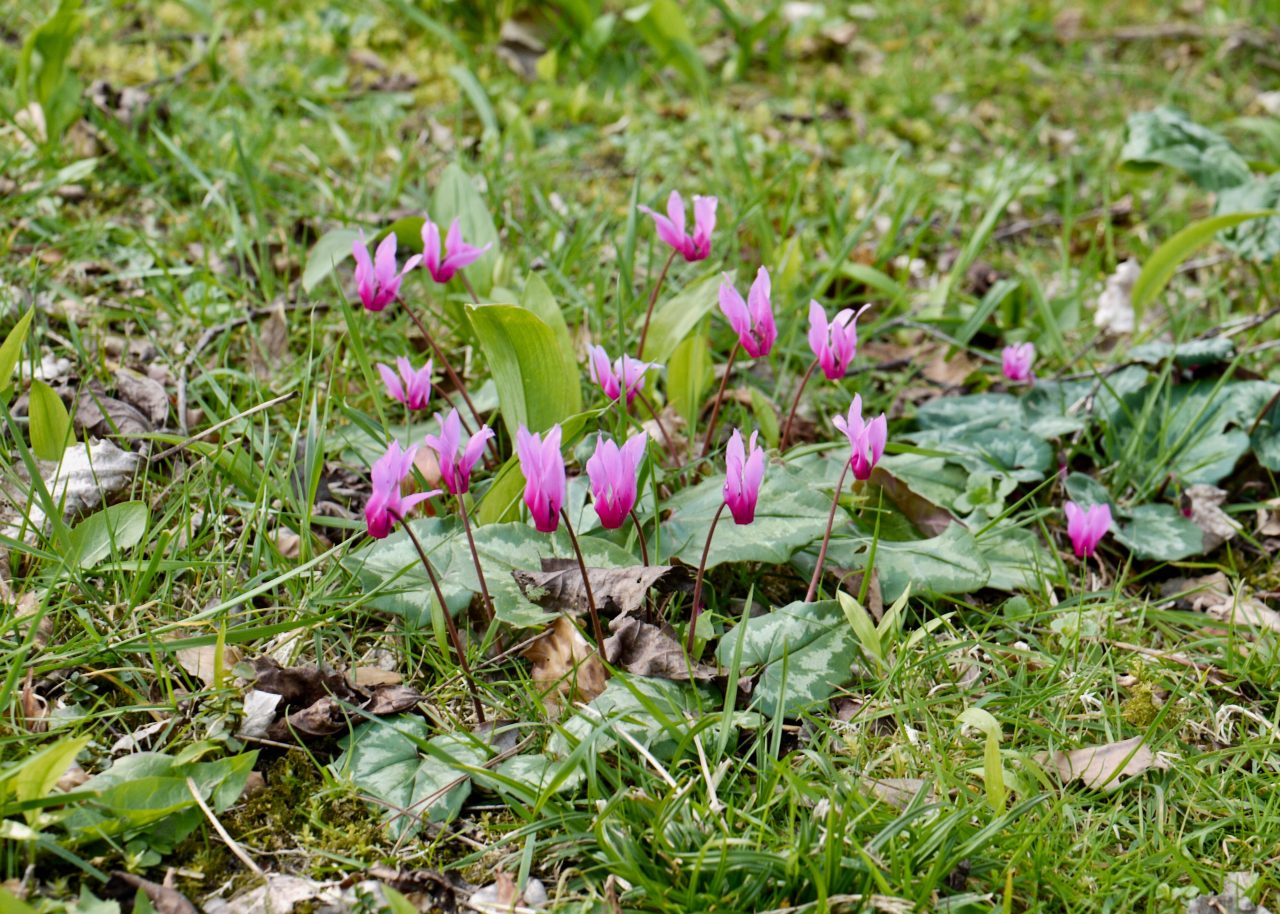
Cyclamen coum self seed and eventually form substantial colonies
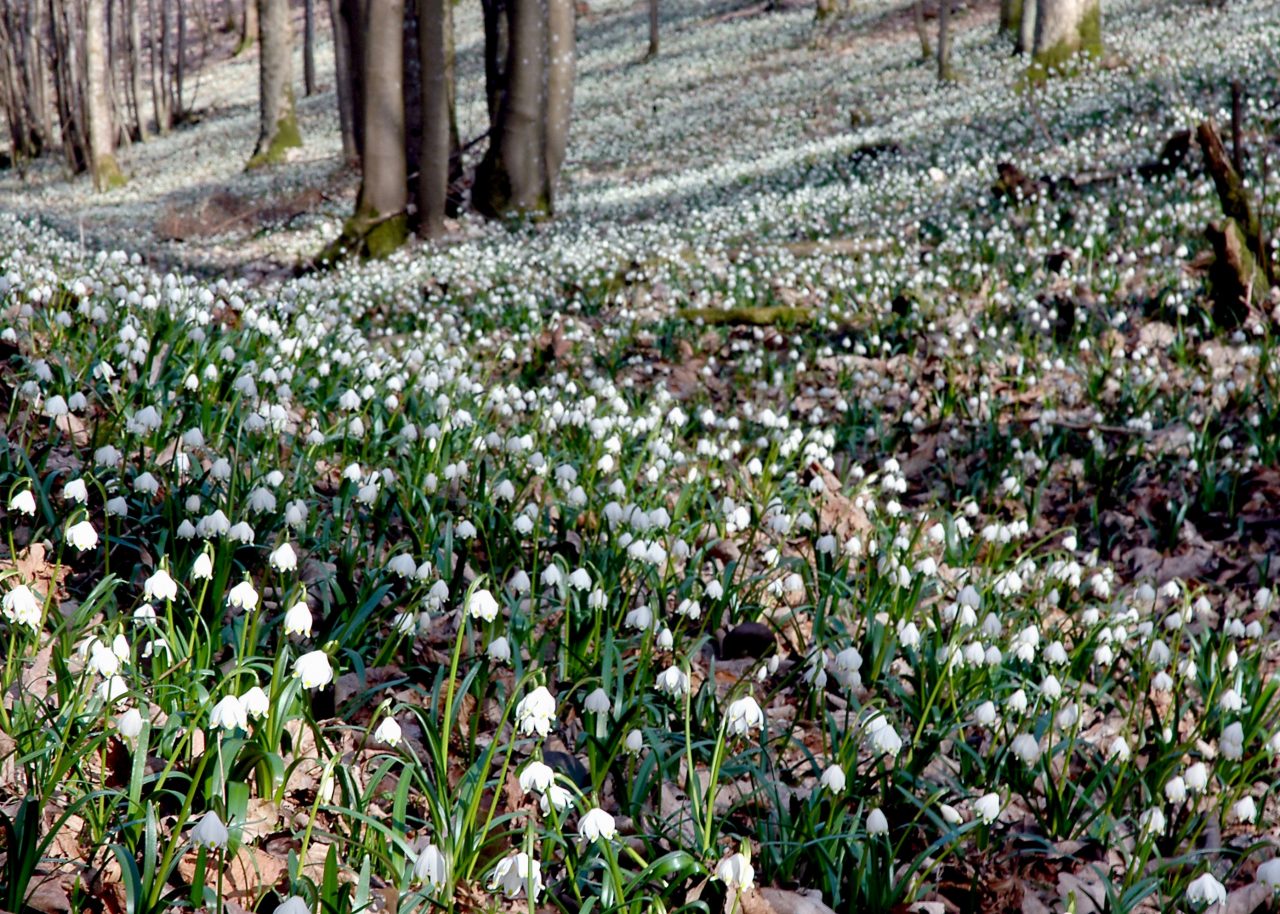
Leucojum majalis in their natural habitat in a south facing woodland
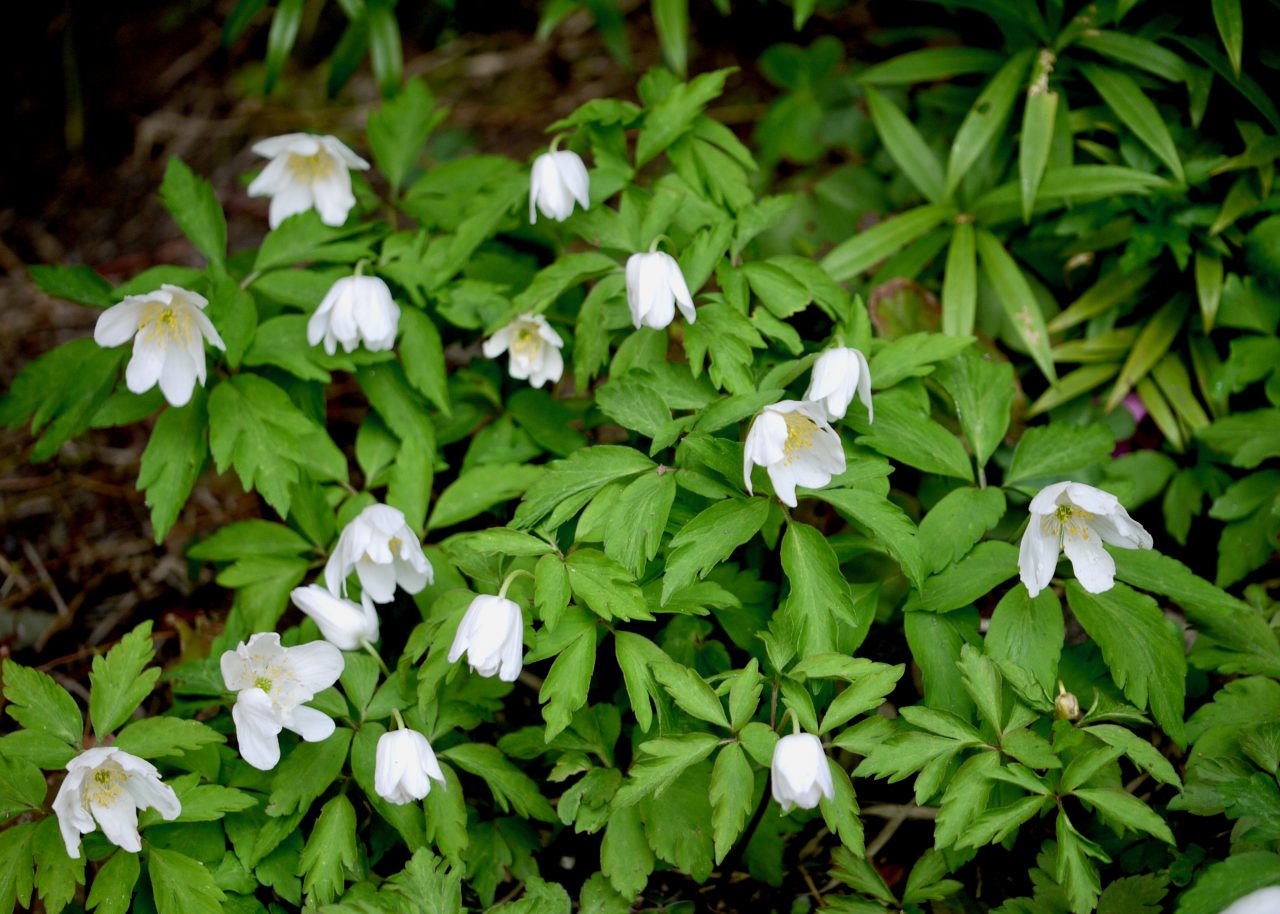
Anemone nemorosa a classic for the natural garden
Many of these plants are excellent choices for naturalising in the garden and a few handfuls scattered with artful disregard will soon sire beautiful drifts. Ideal conditions for naturalizing is the “Messy Garden”, where fallen leaves are left to decay, providing a moist, warm and protective environment for seeds to germinate and thrive in a nourishing layer of compost. There are a variety of good naturalising options beyond those above. Anemone nemorosa, and other early Anemone species; the snake’s head fritillary, Fritillaria meleagris, is an impossibly sophisticated looking plant with its chequerboard flowers but easily grown in lawns and unusually for bulbs is tolerant of damp heavy soils.
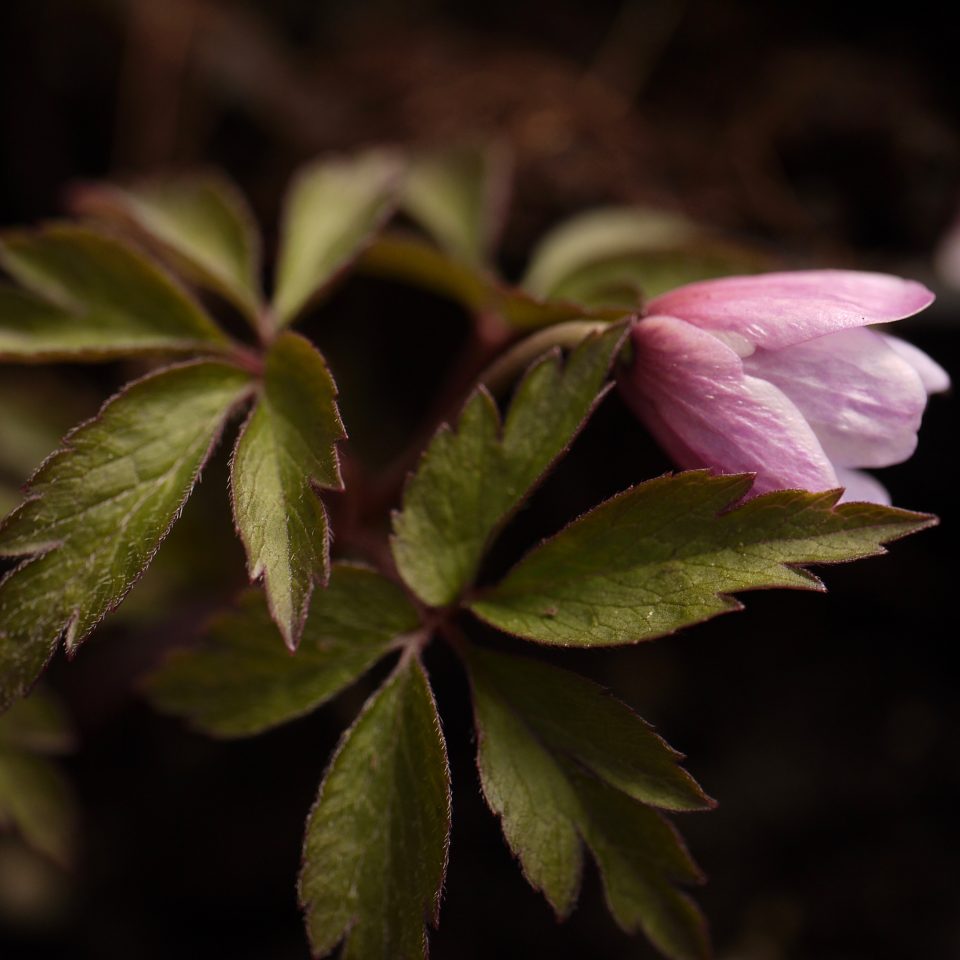
Anemone nemorosa Alenii
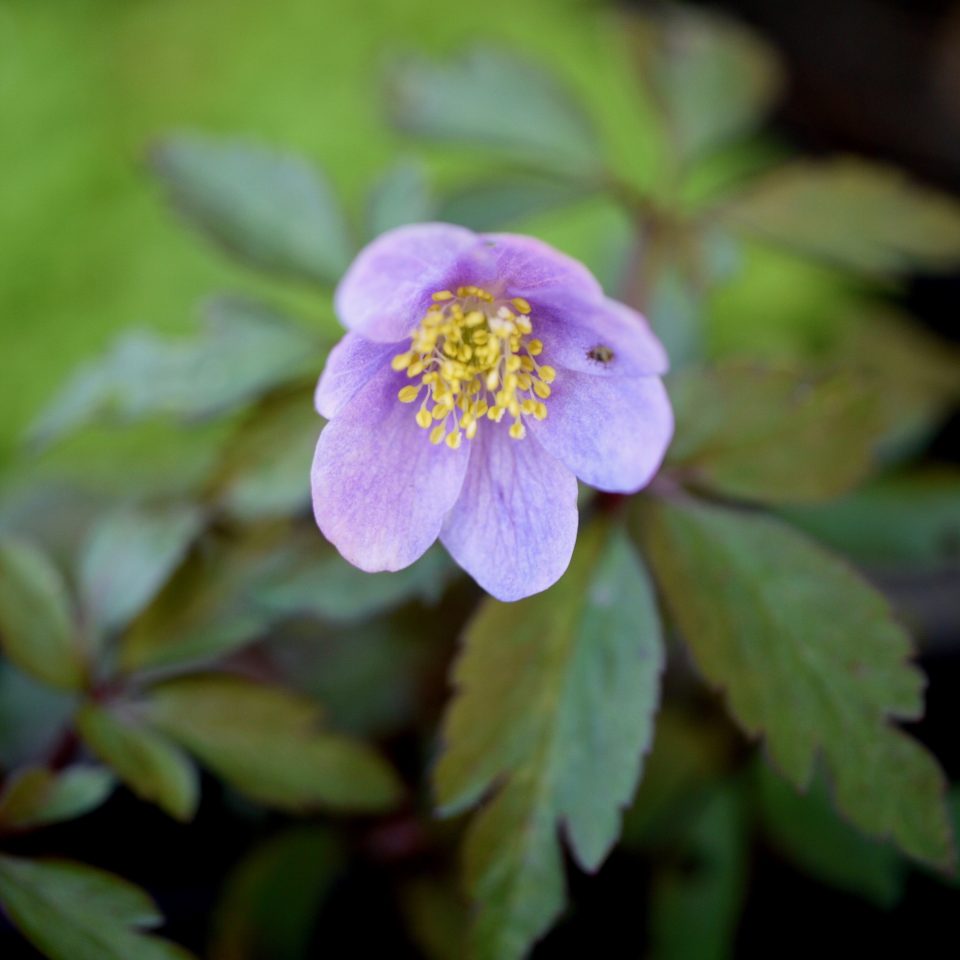
Anemone nemorosa Robisoniana
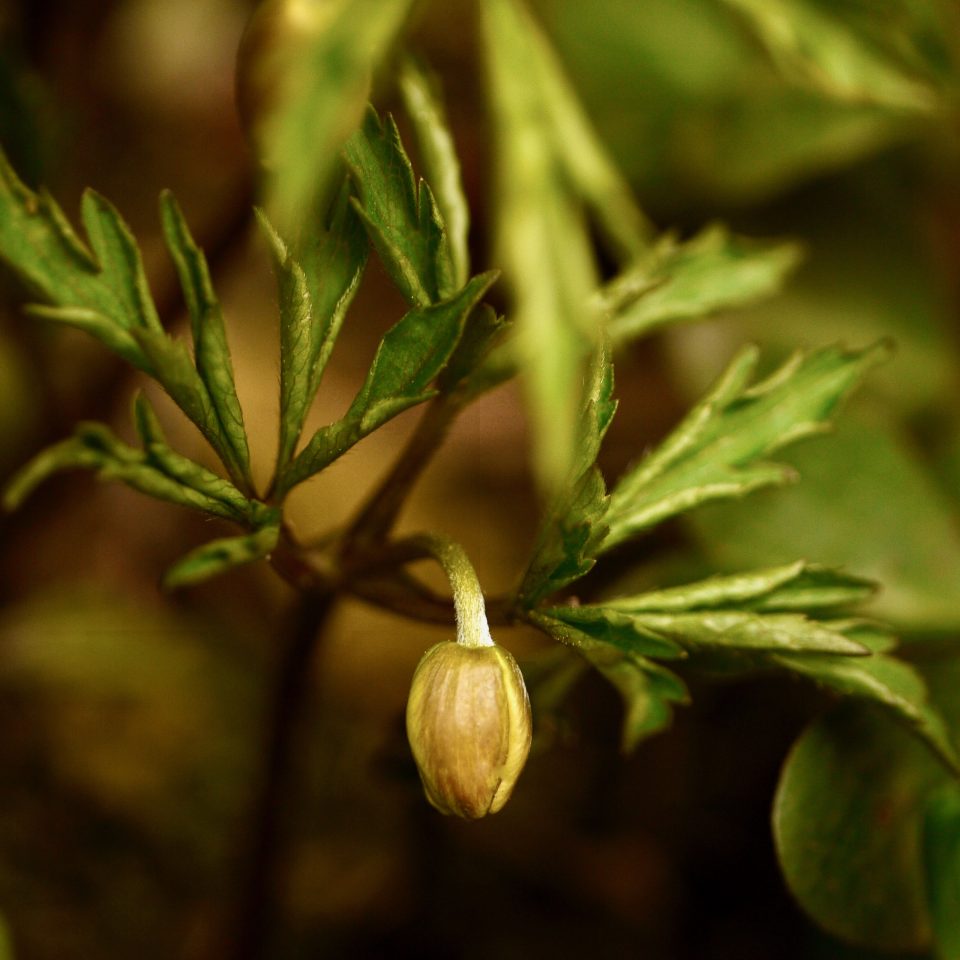
Anemone ranunculoides
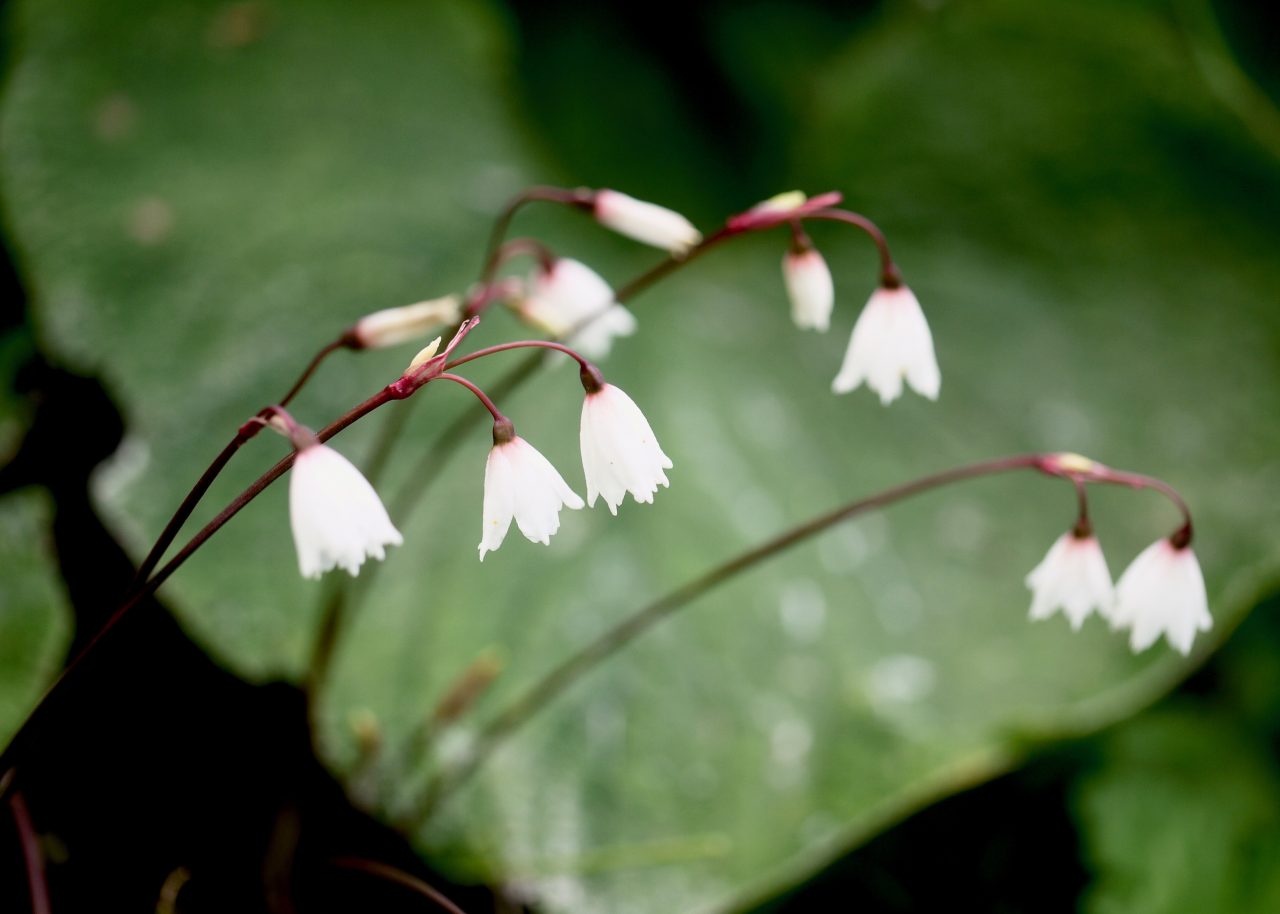
Leucojum autumnale a rare little jem for the rockery
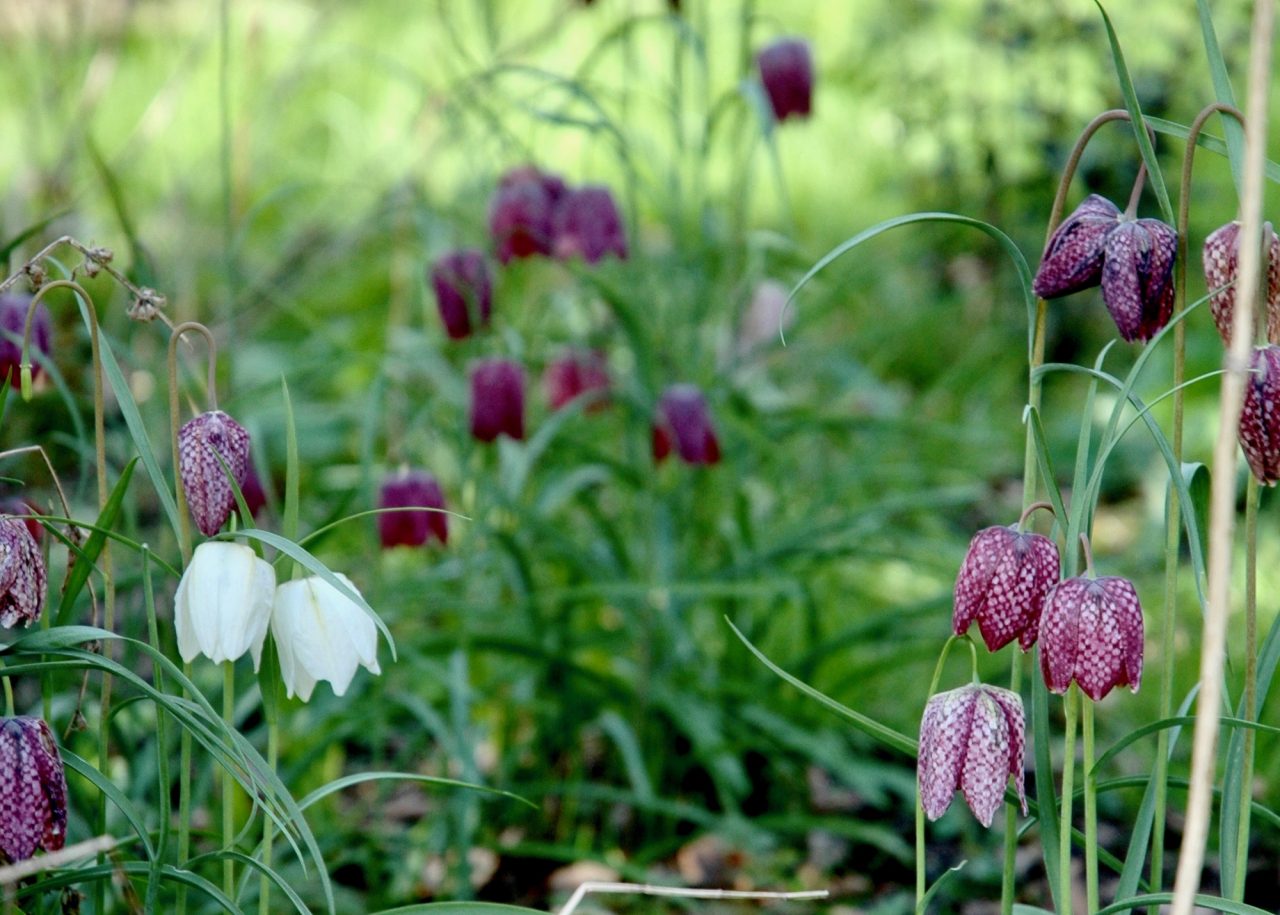
Fritillaria meleagris enjoy a damp meadow situation to thrive successfully
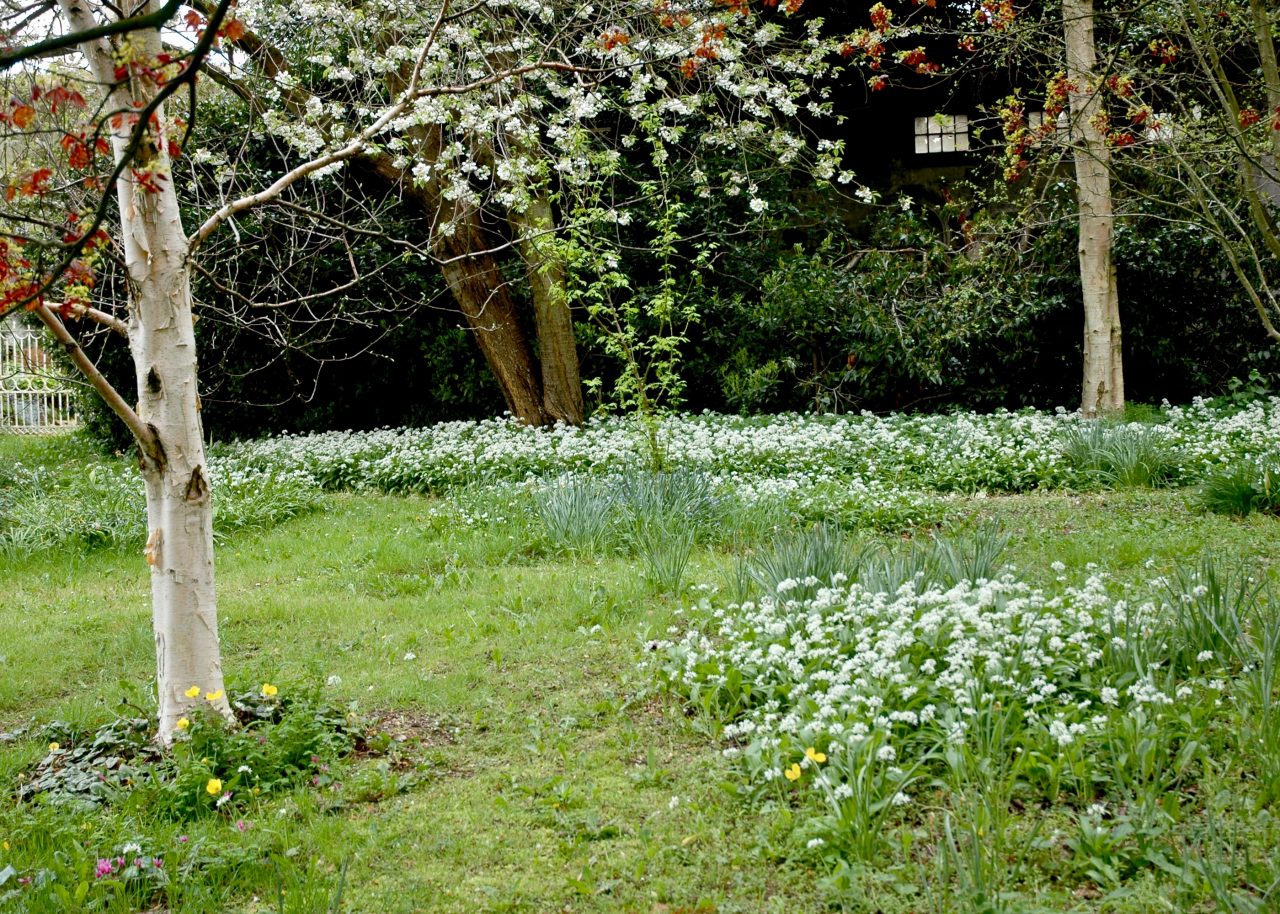
Allium ursinum, beautiful but not suitable for a small garden
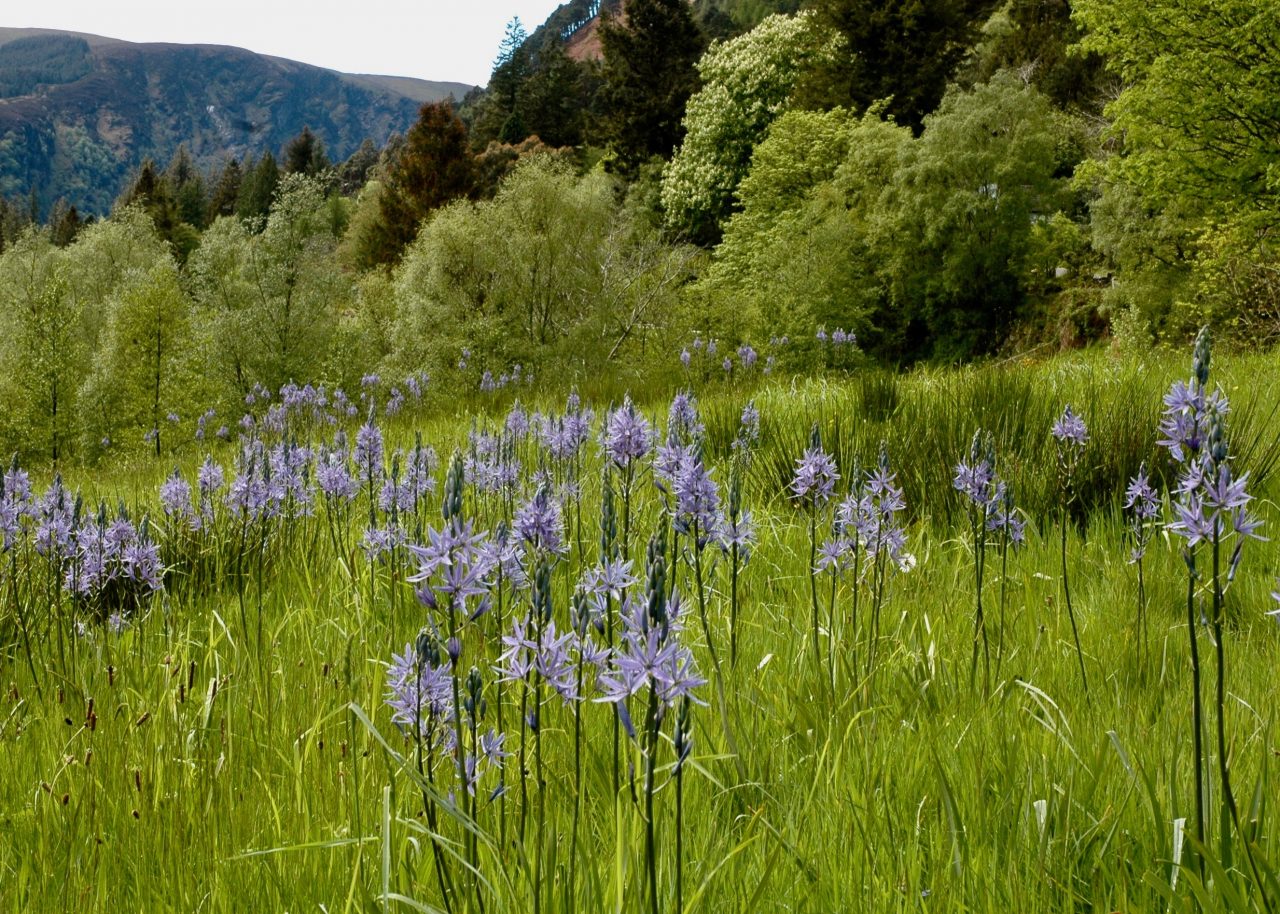
Camassia leichtlinii, deer proof and naturalize well in rich meadows
Wild garlic, Allium ursinum, is a vigorous ground cover which is not for a confined space but is spectacular in flower when let run riot under trees. A little later on, Camassia and the snowdrop’s big brother, Leucojum, mobilise and are tall enough to hold their own with other emerging foliage.
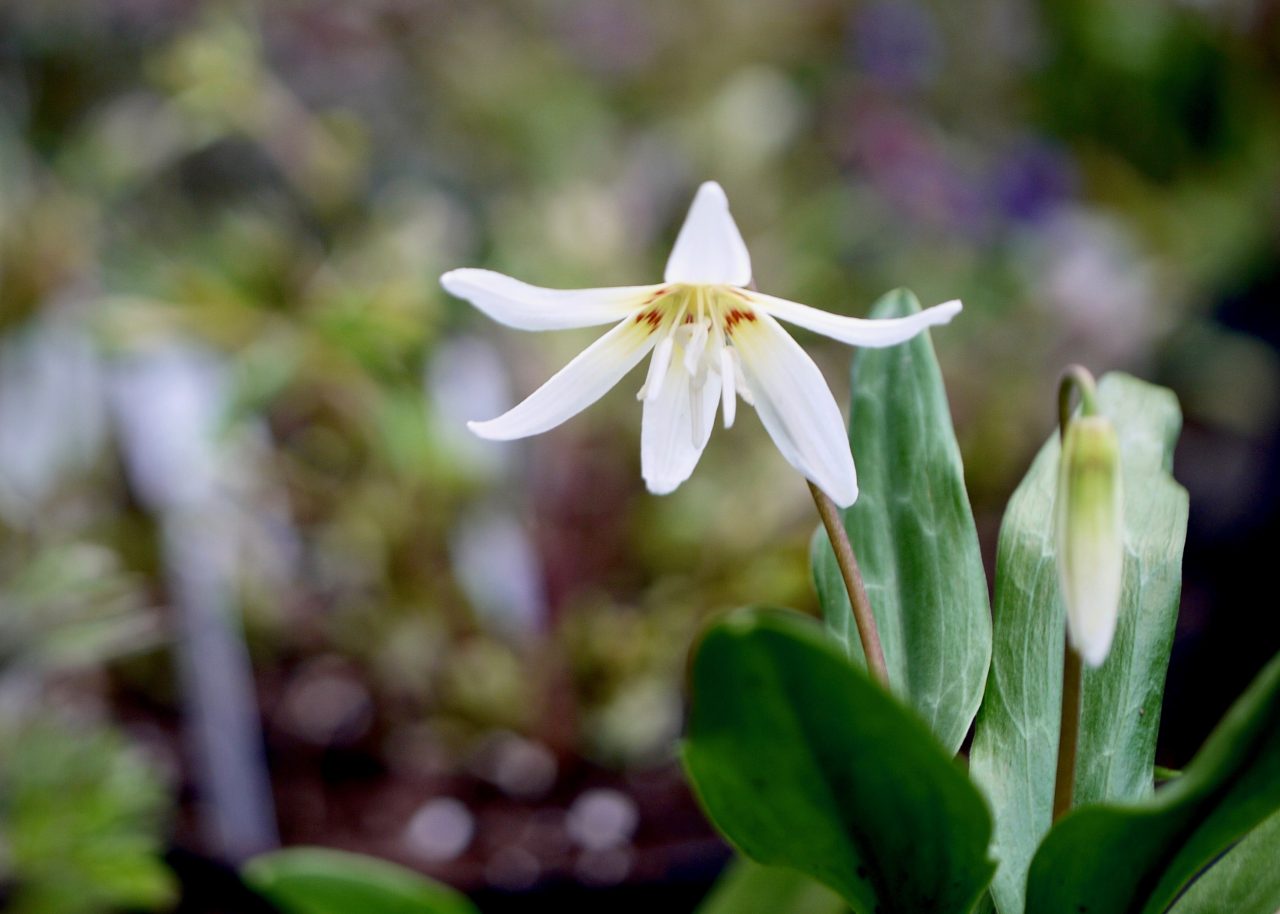
Erythronium White Beauty, enjoy gardens that are wet in Spring and dry in Summer
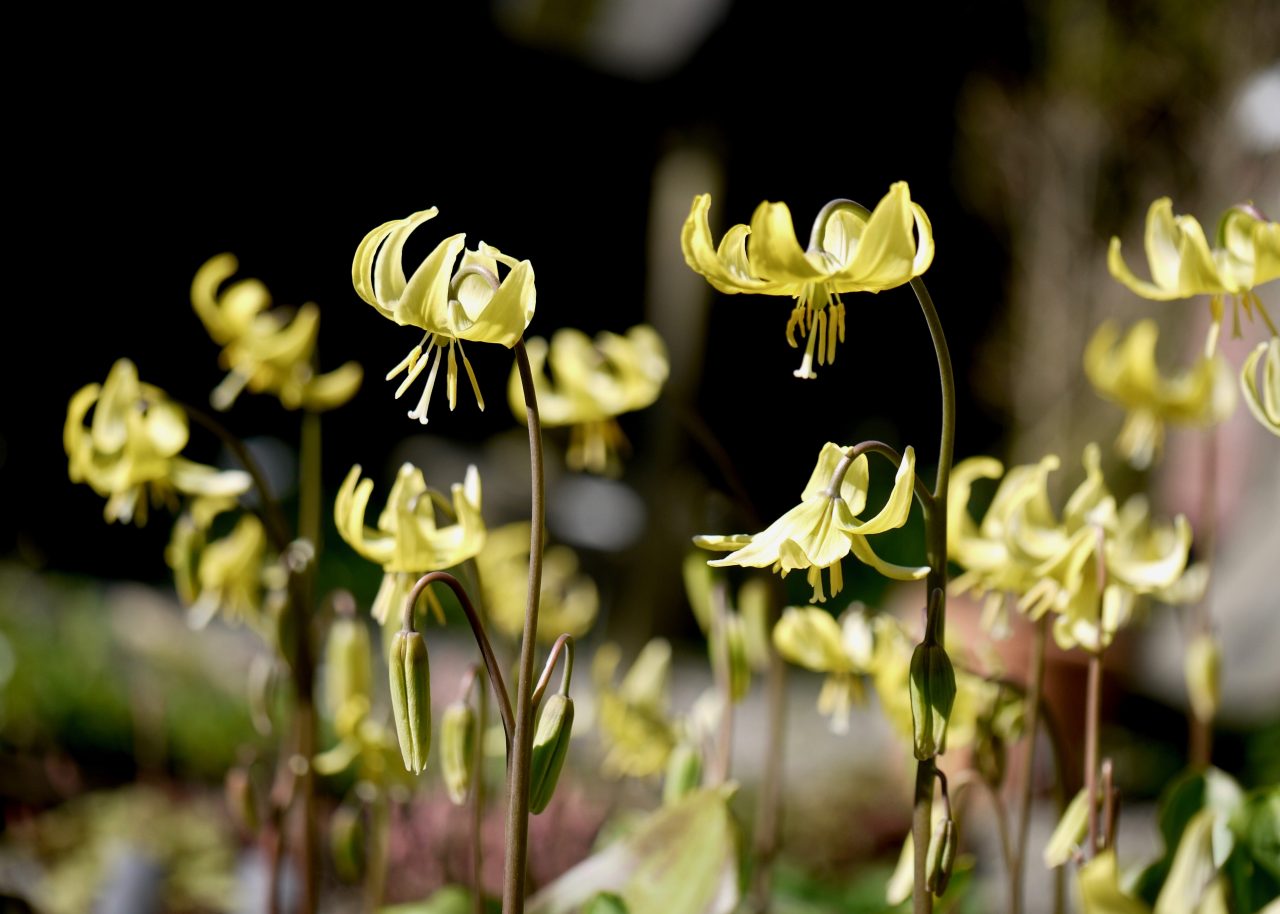
Erythronium Pagoda, is very floriferous and easy to grow
In areas which stay a little shady, plants like Erythronium and Trillium look wonderfully exotic. So too do the shade friendly lilies such as Lilium martagon and Lilium nepalense, an unusual creeping variety with large yellow-green trumpet flowers with deep burgundy throats. Another unusual choice for a shadier site is Allium victorialis, a different kind of Allium with subtle green-white flowers and strappy foliage. A very distinctive plant for a woodland edge which deserves wider planting.
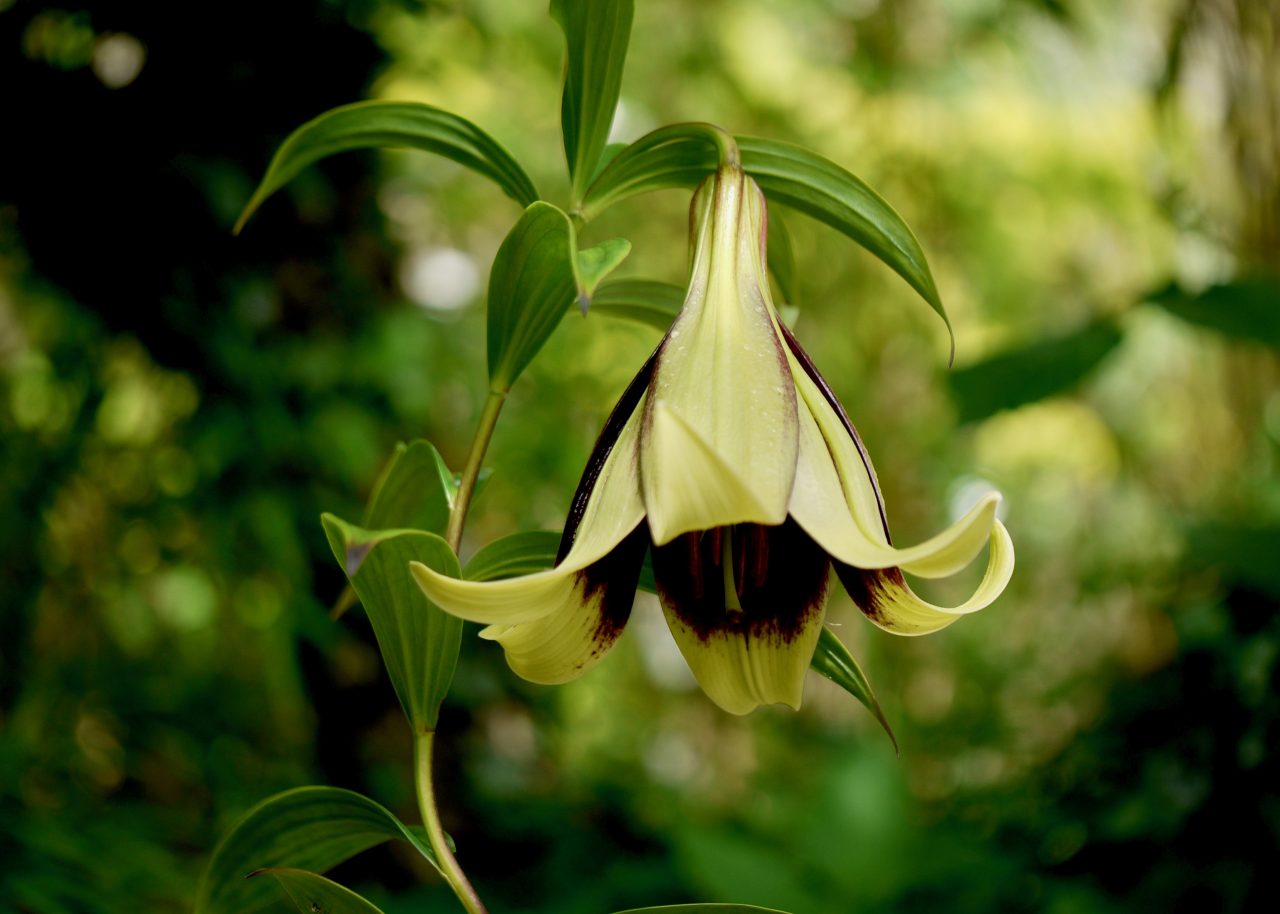
Lilium nepalense, will run away from the blub before emerging
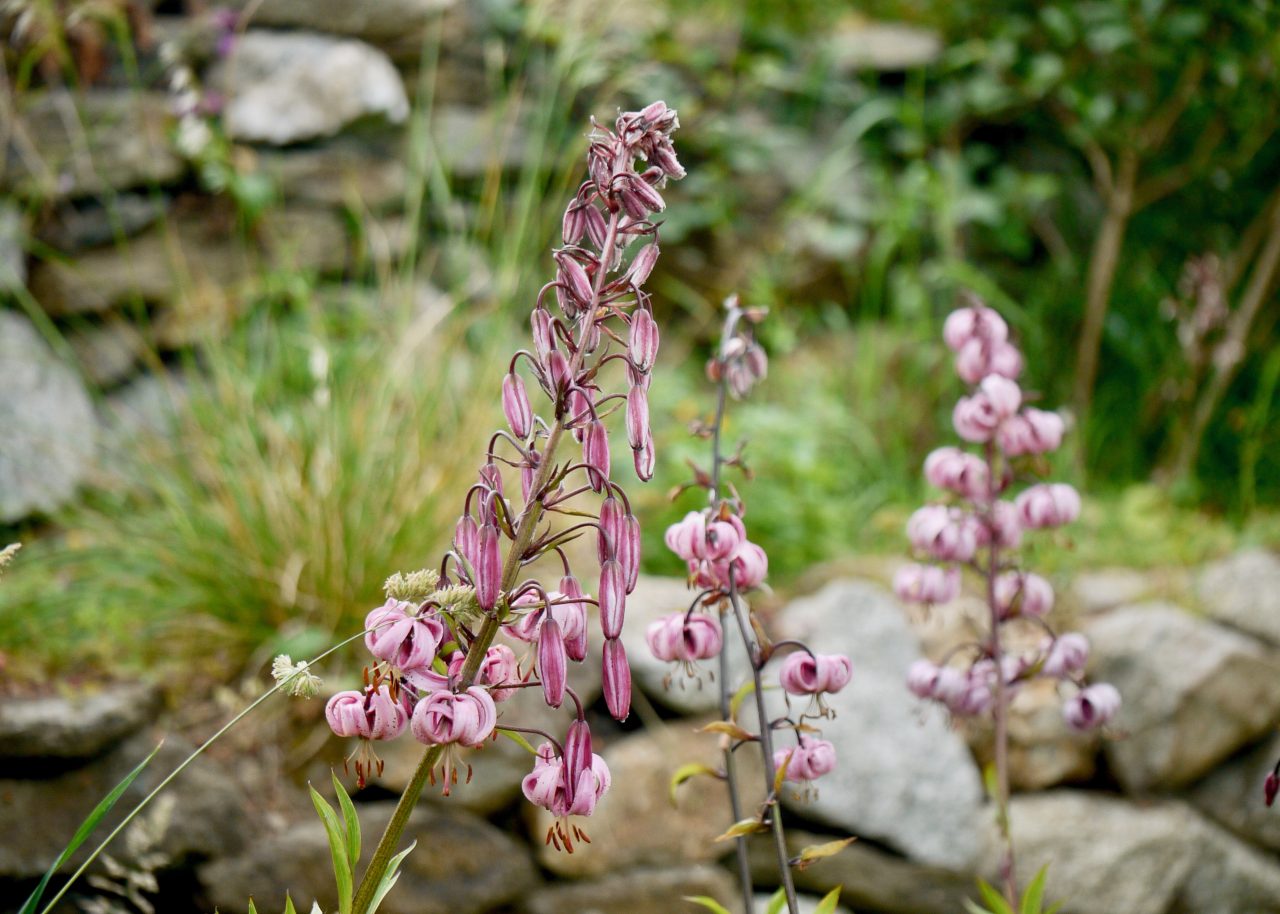
Lilium martagon are one of the most long lived perennials
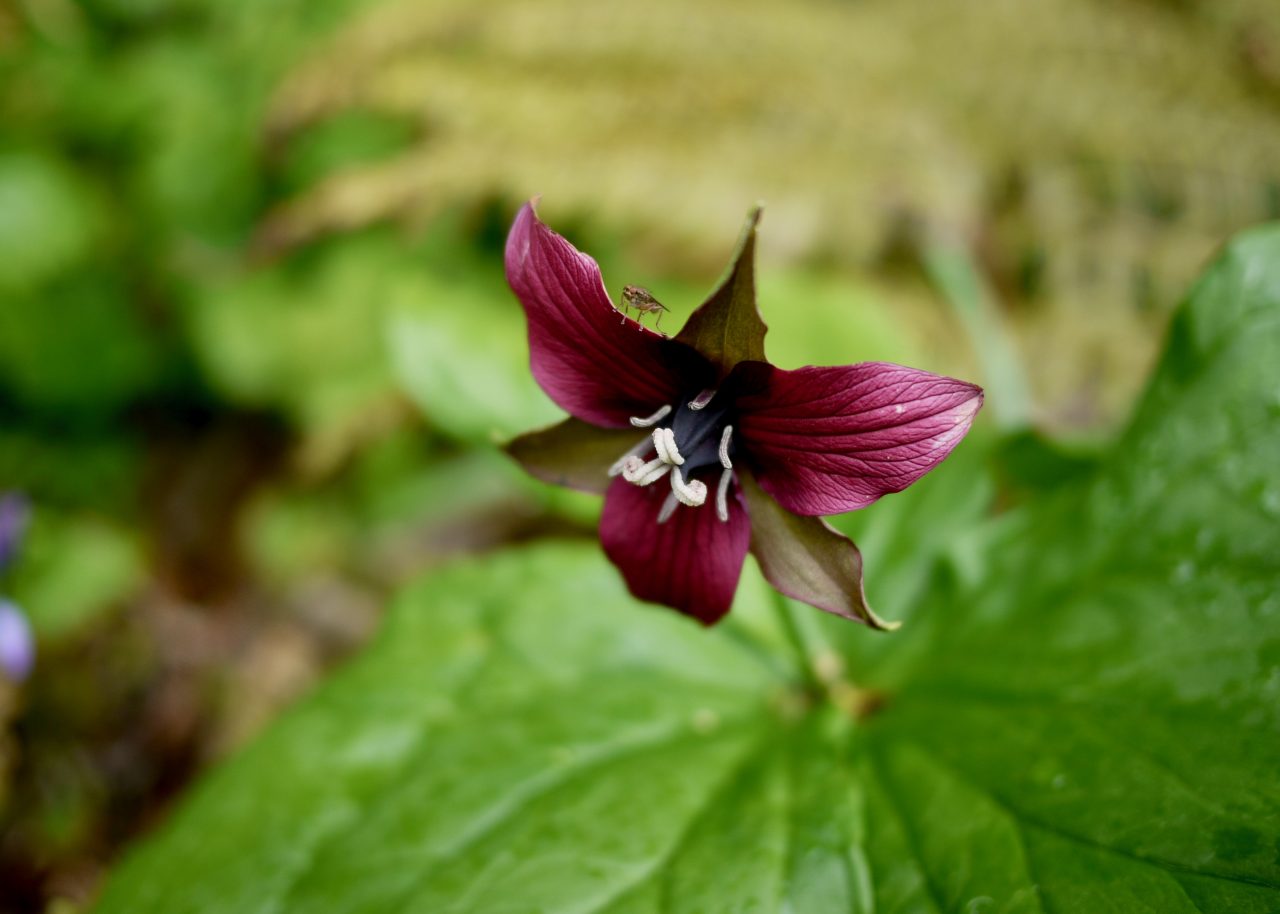
Trillium erectum needs patience to grow into established clumps
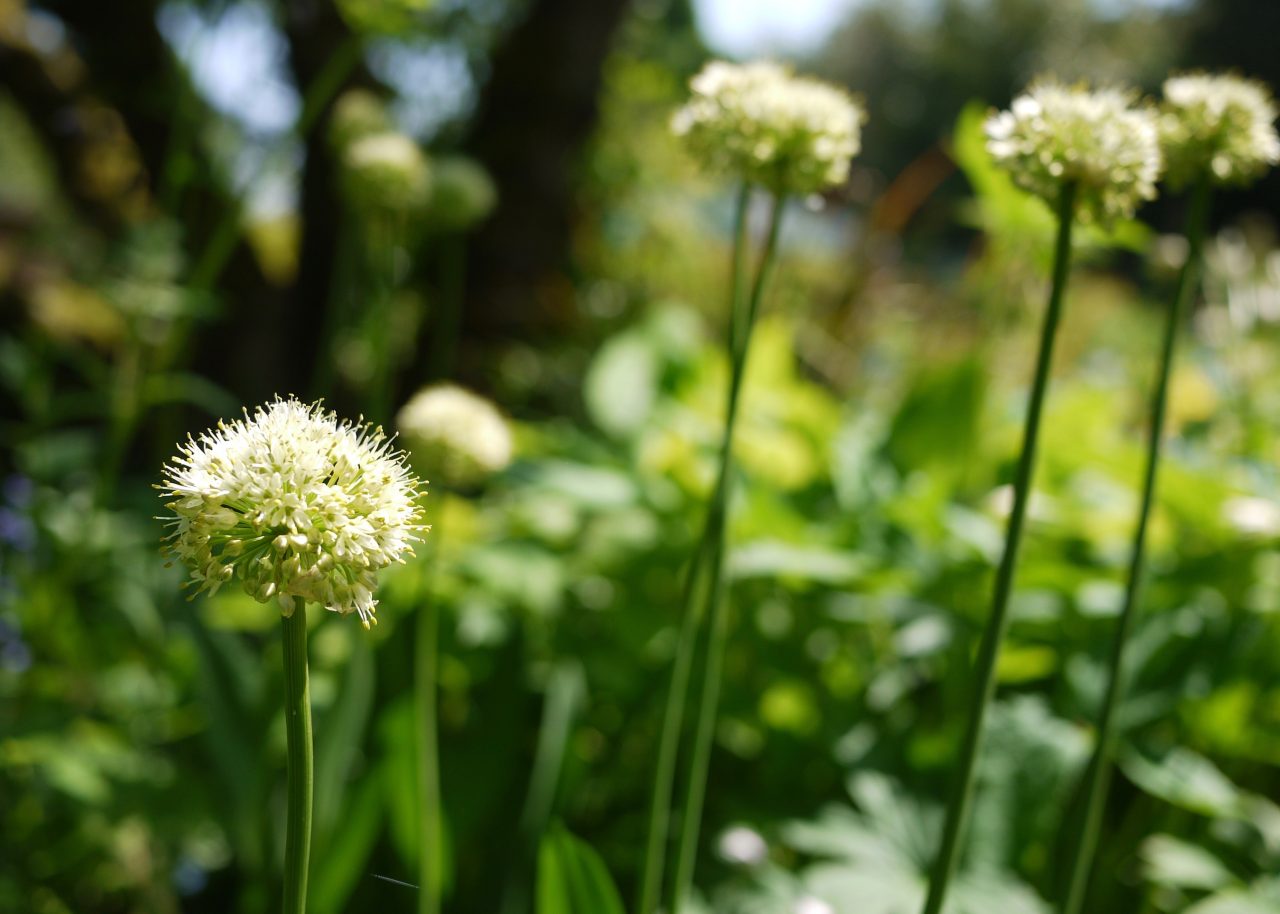
Allium victorialis grow well in the shade
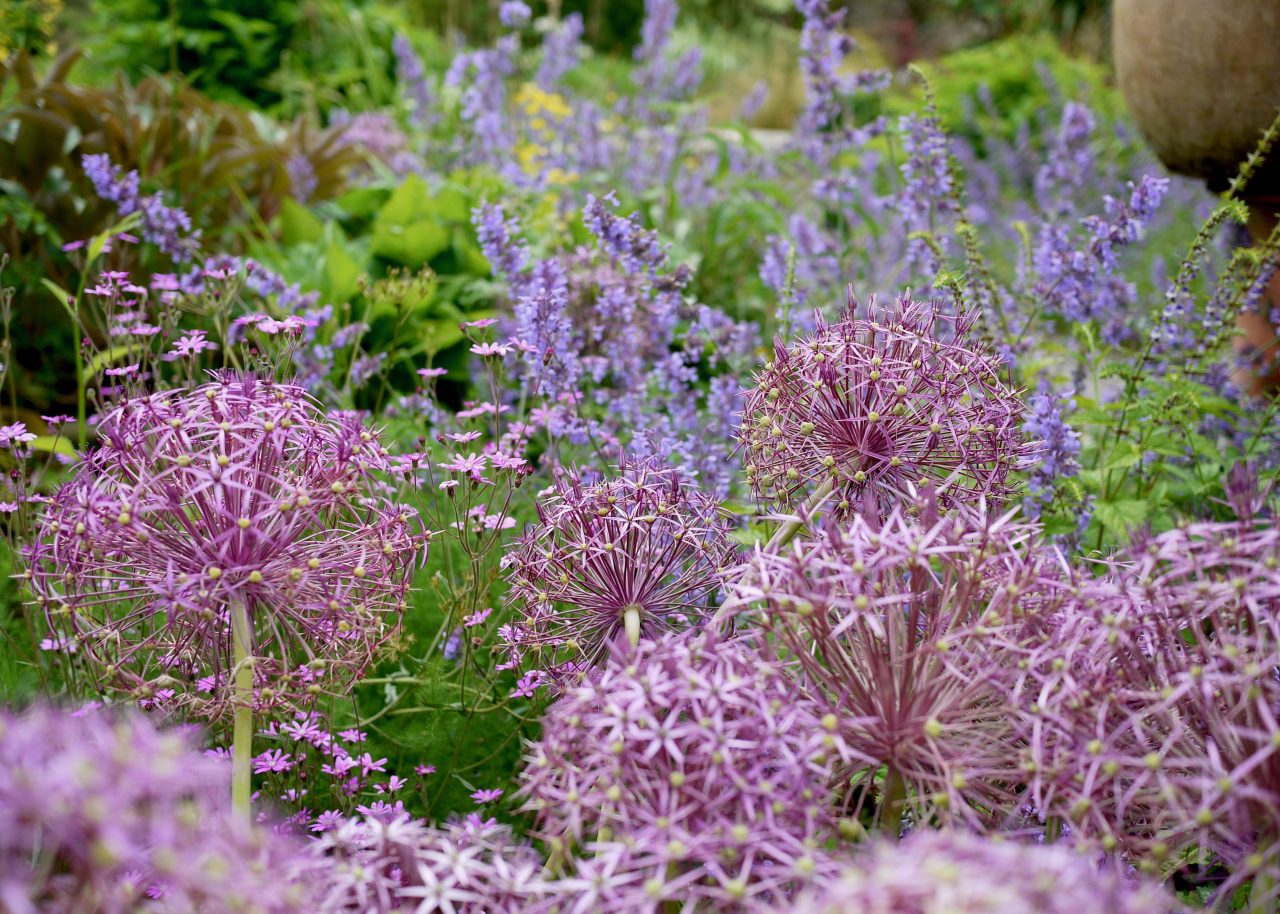
Alium christophii, enormous handball sized flower heads
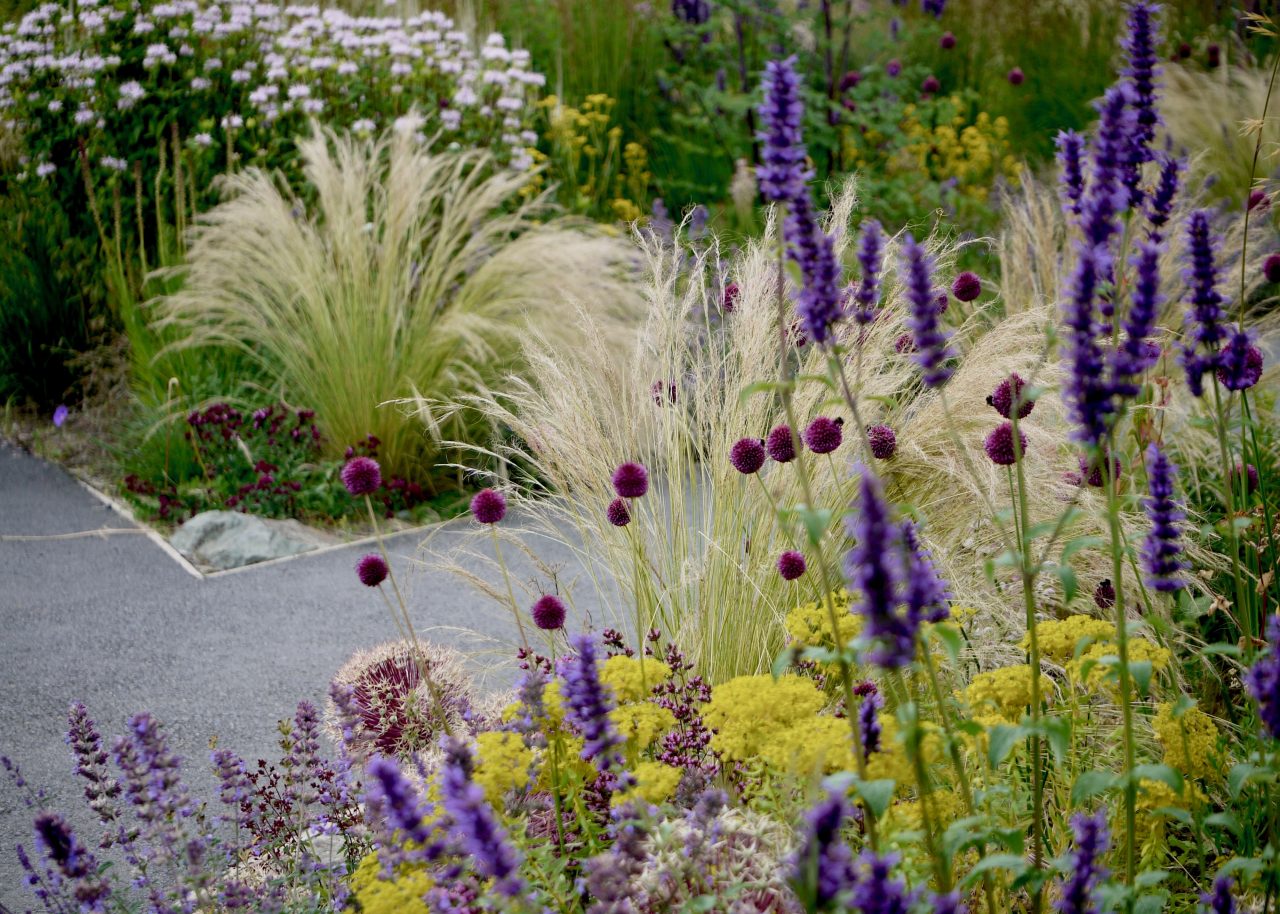
Allium sphaerocephalon scattered through a prarie style planting
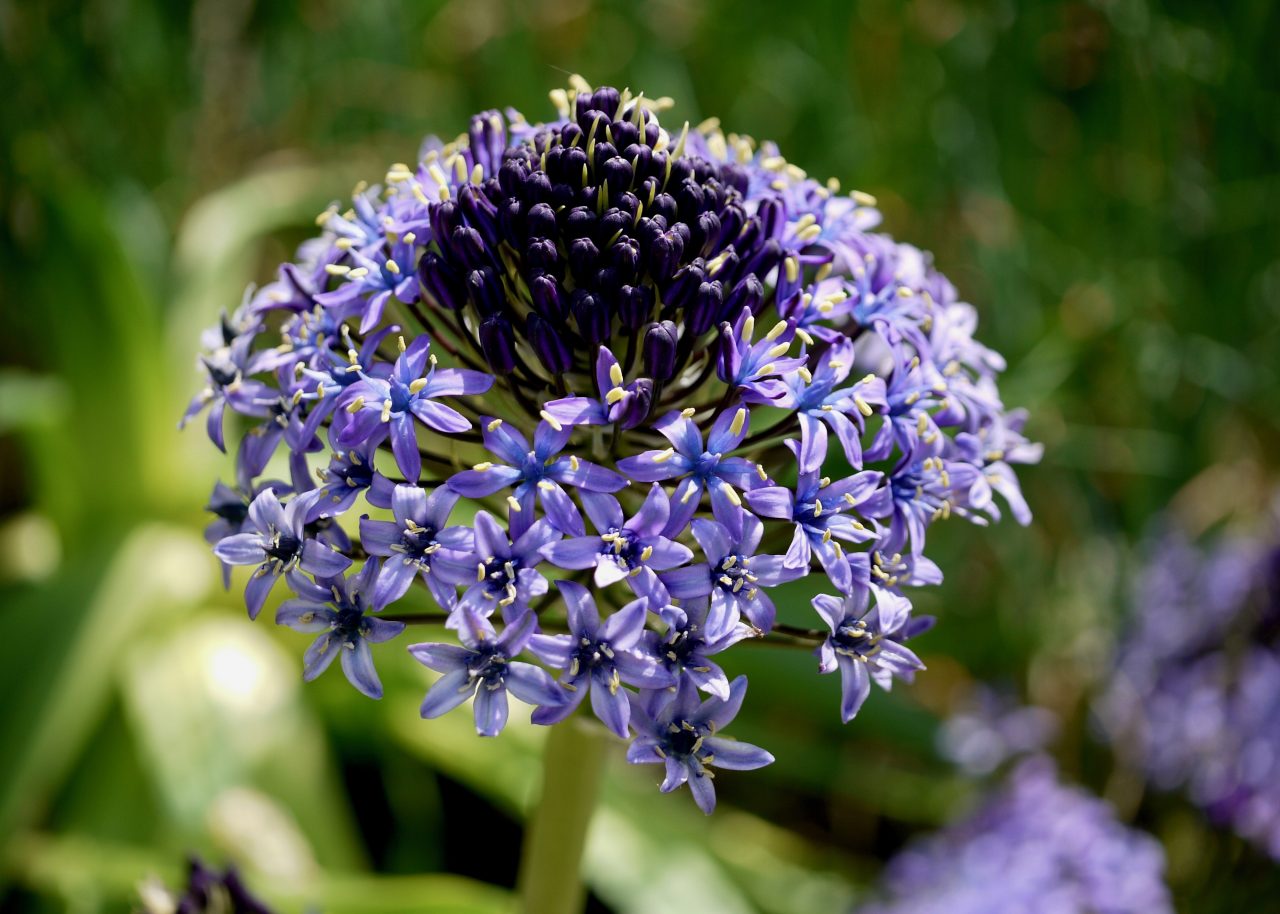
Scilla peruviana flowers well in rockeries and along gravel paths
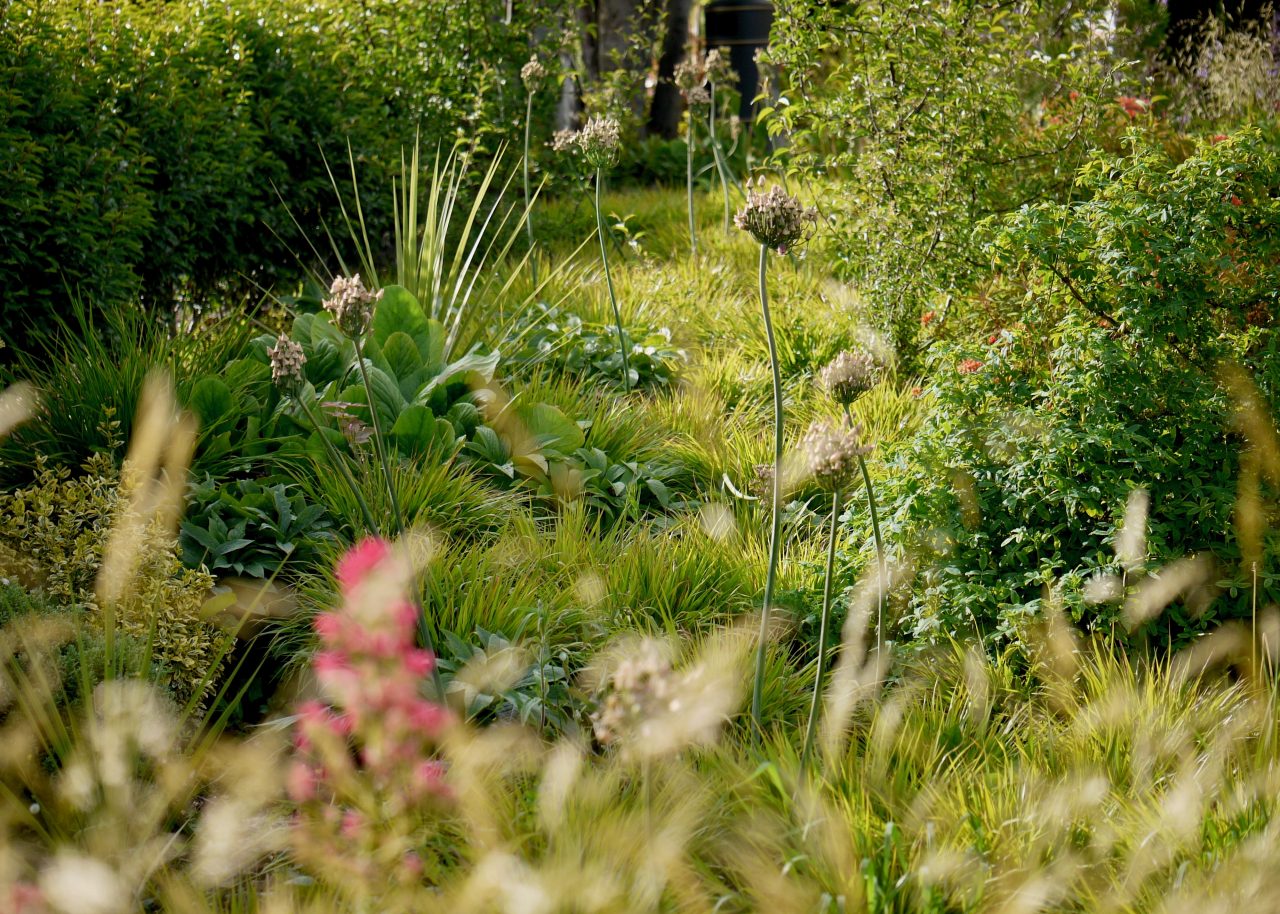
Nectaroscordum siculum naturalizing
Allium are of course best known for their colour in summer borders, and there are plenty of varieties to choose from. The fox-tail lilies, Eremurus spp., are even more dramatic with up to 2m long erect stems covered with star-shaped flowers. Scilla peruviana, an eplosion of blue starry flowers above architectural deep green foliage, and Nectaroscordum (another Allium to some) carry the spring bulb season into summer.
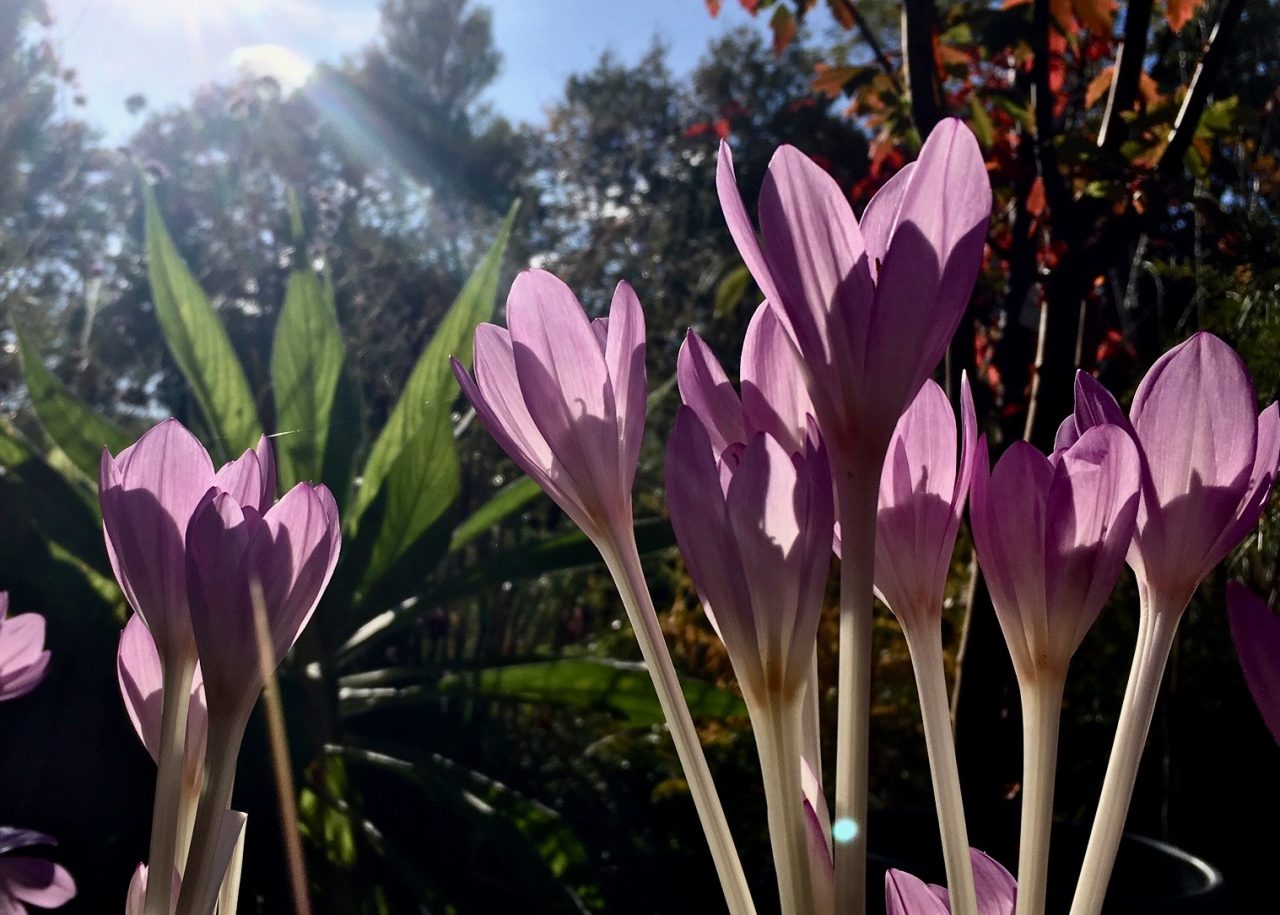
Colchicum byzantinum flower without any foliage
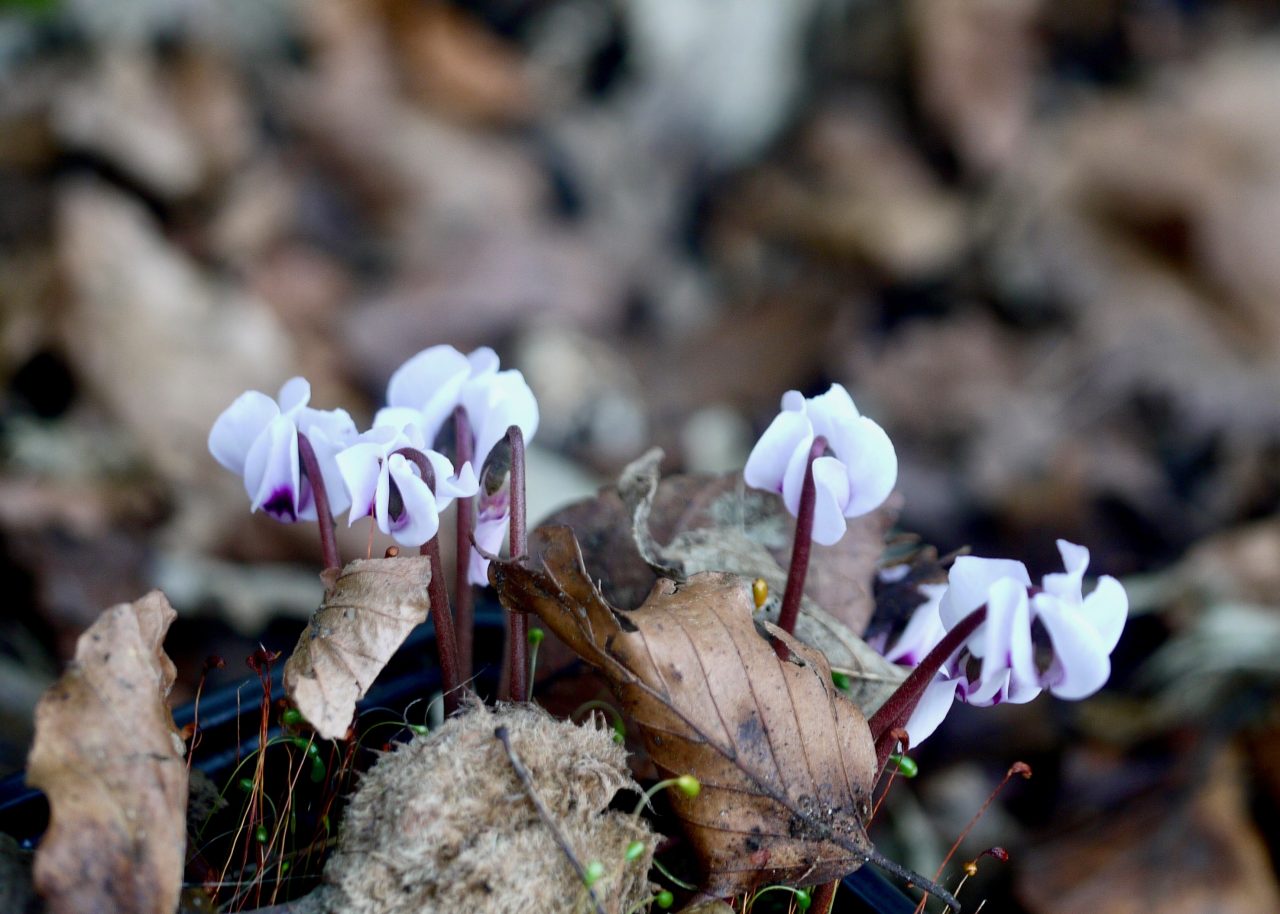
Cyclamen hederifolium are totally drought tollerant
You can even keep things going into autumn with autumn crocus, Colchicum, with their large Crocus-like flowers and the autumn essential, Cyclamen hederifolium.
Bulbs are the heralds of Spring , and we eagerly await their arrival. But they are just as invaluable throughout the year. Undoubtably we’ll be seeing a lot of them soon
Recommended literature: The Wild Garden by William Robinson/Rick Darke. ISBN-13:978-0-88192-955-3
